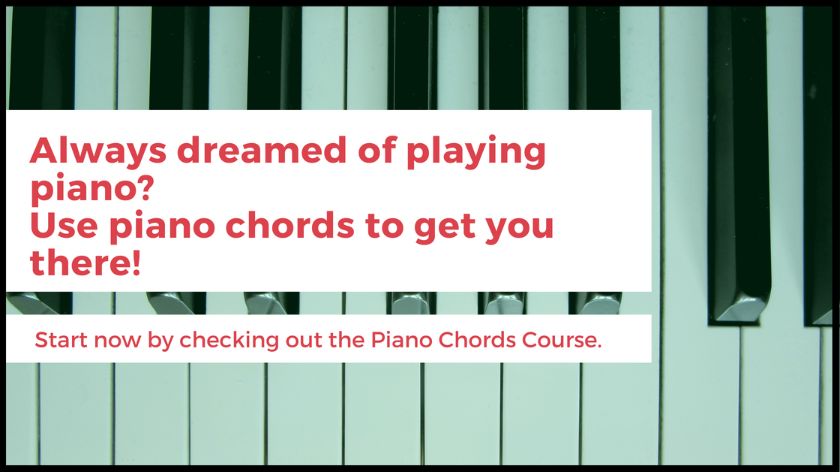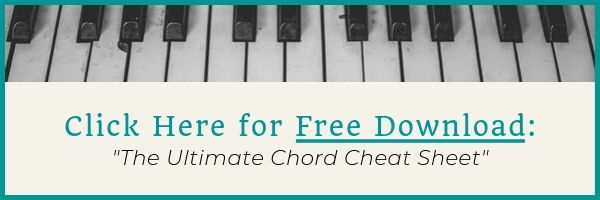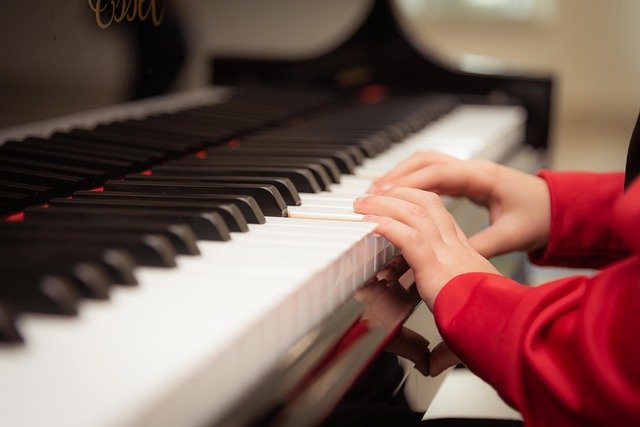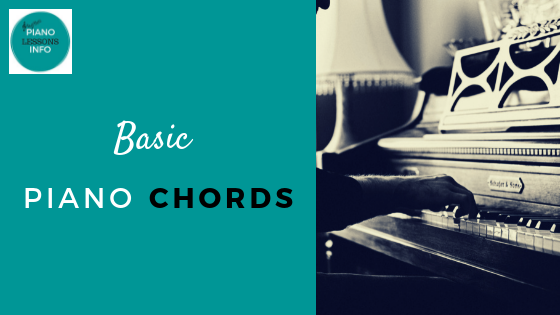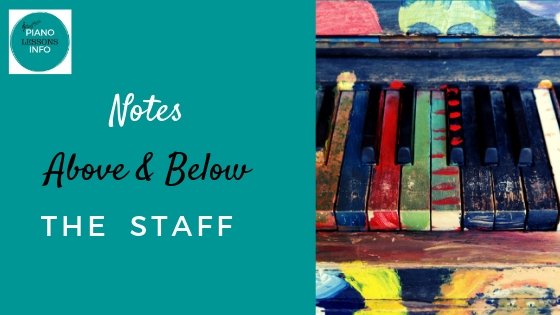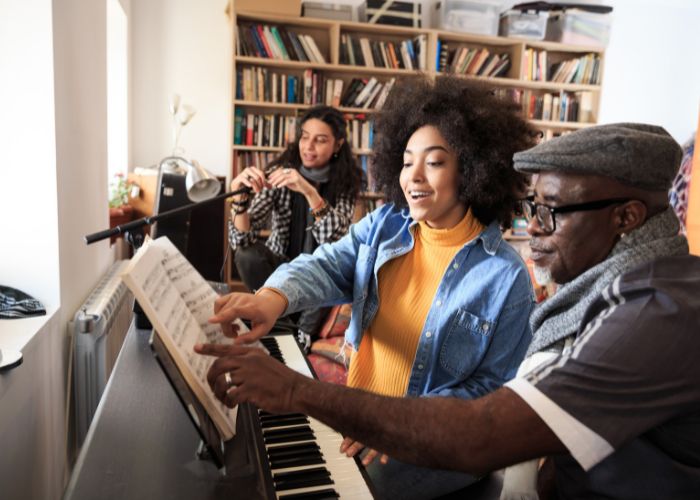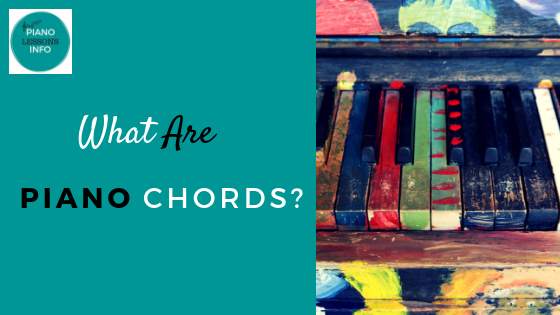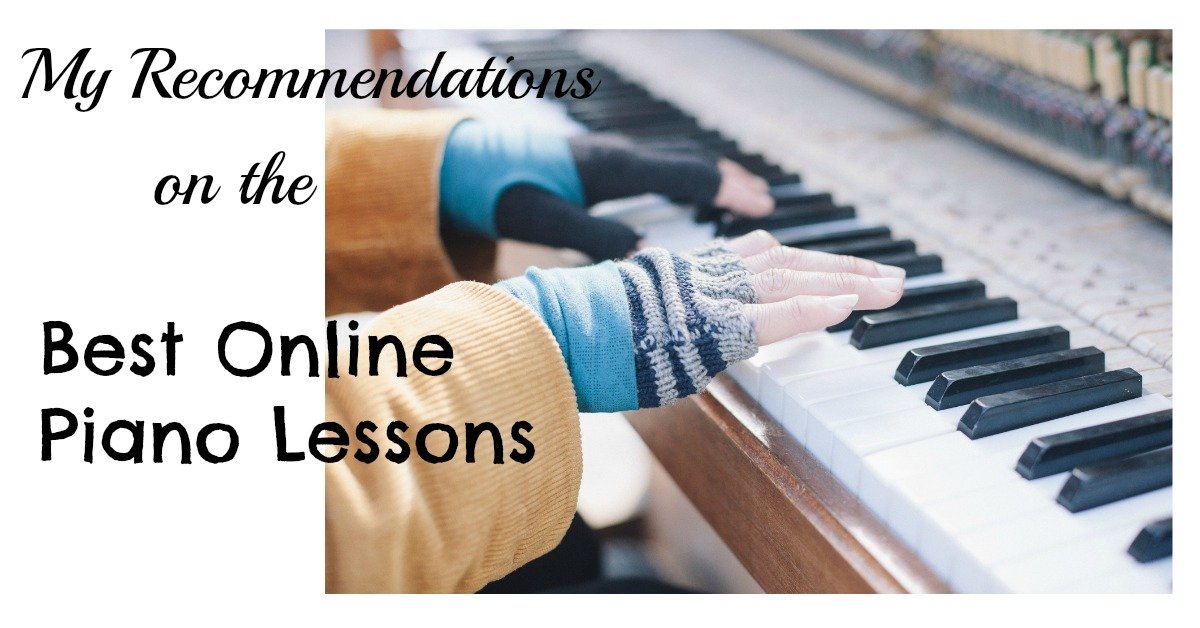Need a Piano Playing Guide?
I've put together a piano playing guide for beginners and intermediate players. This guide will help you to know where to start, where to continue, and what sorts of things are important to learn.
For Beginners
1. If you're not sure about actually achieving something, read the article: Is Piano Hard to Learn.
(If you don't yet have a piano keyboard, check out the right types of piano keyboards for learning here.)
2.
Decide on
what style is right for you. Do you want to play classical
piano, songs with notes, chords, jazz, blues? Read more about this on
the Introductory
to Piano Lessons page.
Unsure of what is best for your age? I suggest completely different
approaches for adults and children. Read Piano
for Adults or Piano
for Kids.
In general, my advice is that if you are over 16 and want to
play the piano for fun, learn
to play chords. If you really love classical music and
that's want you want to do, it's totally possible. It just takes more
time.
3.
Decide on your course
of action. Do you want private
piano lessons by a teacher? This is best if you want to be
guided and need someone there to remind you to practise. Really, if you
want a real live piano playing guide.
The second thing you could do is take an online course.
These
can be much cheaper than private piano lessons. They are also
quite good and can teach you things that many private teachers
don't. I would recommend something like Rocket Piano
to start with.
4.
Start learning about things like hand
positioning, notes,
scales,
and chords.
That will get you started.
Intermediates
5.
After learning the basics, decide
where you want to focus
your attention. Do you want to continue on in what you're
doing? Is it working for you? Are you playing the things you want to?
If not, look at other areas of piano. If you have been playing beginner
songs, start looking at chords and what you can do with them. If you
have been playing chords, start working on learning to read notes. You
can also begin learning to improvise.
6.
Learn some technique.
This generally means scales
and things like that. It's a great way to improve your playing ability
and your speed.
7.
Play with
somebody. Look for guitar players, singers, bassists, and
others who are also learning to play. Pick some songs and play them
together.
8.
The final step in the piano playing guide is to practise. Practising
will only help you to improve. And if you get frustrated, go back and
play something you've mastered. Then start again.
Those are the basic steps in the piano playing guide. Now it's all a
matter of choice and learning what you want to do. Take your time
looking at the options or just jump in. But either way, have fun!
Return from Piano
Playing Guide
to Piano
Lessons Info Homepage.
Free Download:
Ultimate Chord Cheat Sheet

Subscribe below and get free access to the (printable) Ultimate Chord Cheat Sheet.
Recent Articles
-
Piano Notes Chart
Nov 20, 23 10:21 PM
Find a piano notes chart for treble clef and bass clef notes as well as the different types of notes. -
D Chord on Piano + Diagram, How To & Theory
Oct 24, 23 12:20 AM
Learn how to play the D chord on piano with diagram, fingering, D/A, D/F# and a theory explainer. -
Diminished Piano Chords: Chart & How to Make Them
Oct 09, 23 09:23 PM
Learn the different diminished piano chords and how to make them. Here you'll find both a diminished chord chart and an explanation.
